What to know before getting balayage, as the low-maintenance style continues to trend
Balayage is a sure-fire way to add dimension to your strands but there are a few things to consider before opting for the colour technique...
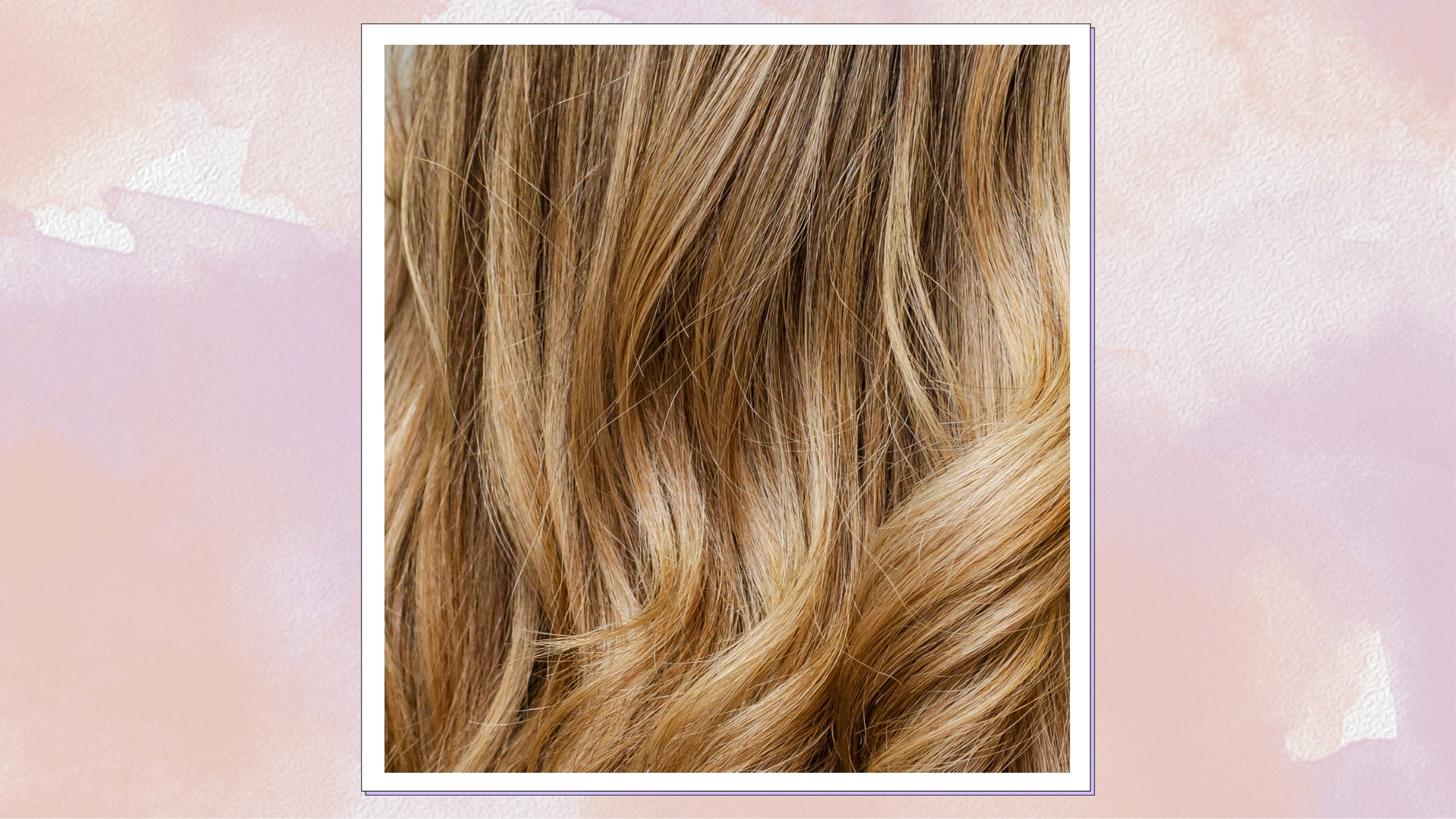
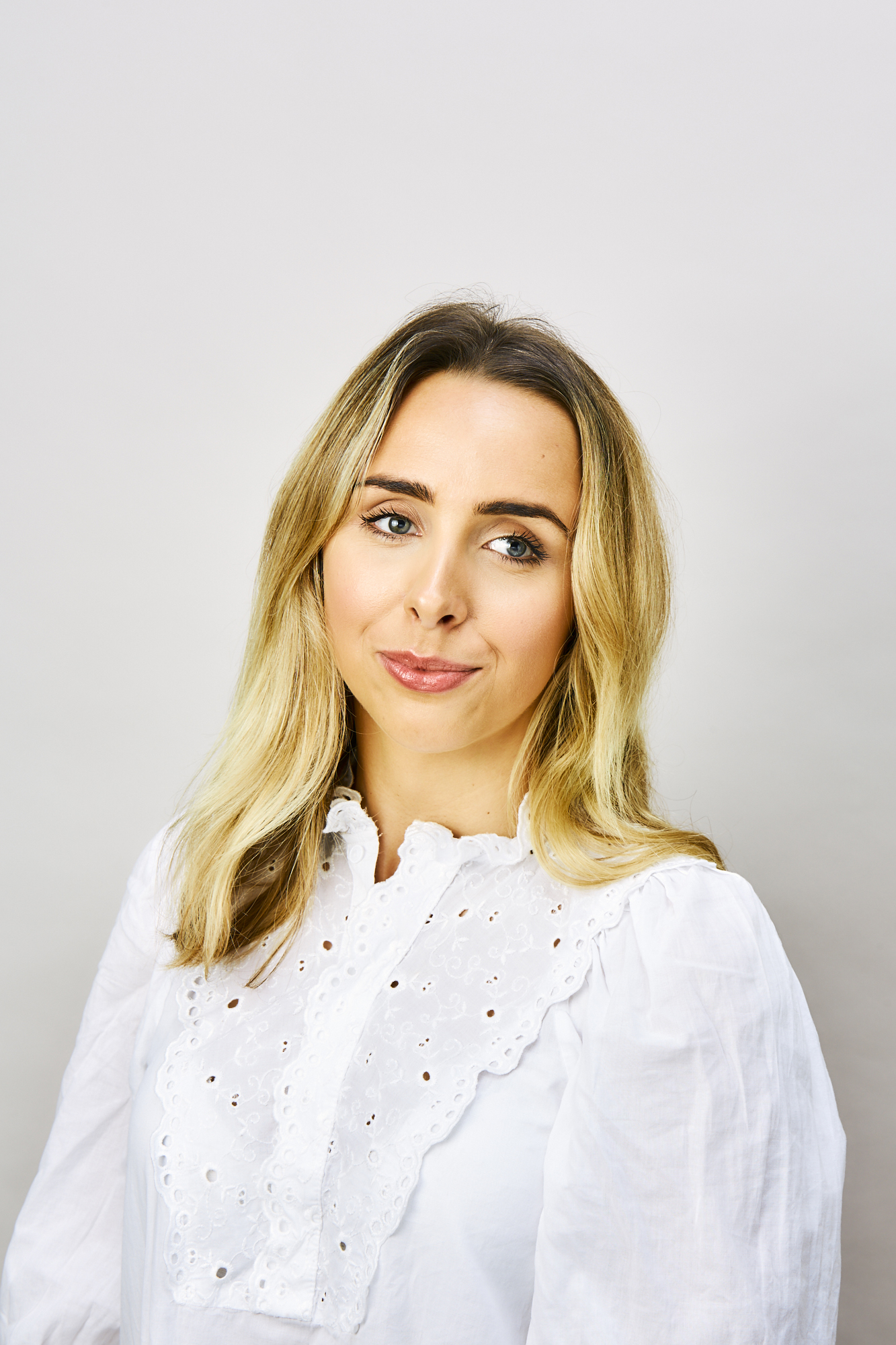
Balayage has been around for decades and yet, its popularity continues to grow as more and more of us seek out low-maintenance and natural-looking finishes - but that said, there are a few things to consider, pre-appointment...
Solidifying its place amongst timeless styles whilst also finding itself back in the 2024 hair trends, balayage is the look that keeps on giving, offering a versatile and minimal up-keep alternative to more traditional highlights. For over a decade, I myself, have had my hair colour treated. At the start, I would always ask for a full - or half-head of highlights that, against my natural brunette hair, often appeared stripey. Over time, I found that the more highlights I had, the softer the contrast would be - but the worse the regrowth looked. It wasn’t until I had a press appointment with Christel Barron-Hough, colour specialist and founder of Chelsea-based STIL salon, back in 2020 that I discovered the beauty of balayage.
Instead of packing my hair full of foils, Christel combined delicate 'babylights' (very fine highlights) with balayage to create what she calls the 'LA Blonde' - where a softer, darker root meets lots of brightness through the ends. Not only did it give my hair a warm, sun-kissed feel but as the colour grew out, the blended regrowth looked natural. Now a total convert, balayage has become my go-to - and it may become yours, too but while there are a plethora of pros (as I've outlined), there are also a few points the pros want you to know...
What to know before getting balayage, per a beauty editor
Despite what you may think, balayage is not a hair colour perse – rather it is a hair colouring technique. "Balayage is taken from the French word for ‘sweeping’," says Adam Reed, award-winning hairstylist and founder of ARKIVE Headcare, which is the technique experts use. "Colour is painted (or swept) directly onto designated sections of the hair without using foil," he continues. The results? "A more natural, sun-kissed hue, without any harsh contrast between colours."
Originally from France (hence the name), balayage is an old technique that first gained popularity in the ‘80s. Evolving over time, "it’s now something quite different than originally intended," notes Reed, who tells us it was initially intended to add sun-kissed dimension to natural hair. "Stylists have since adapted the technique, creating more intricate and versatile hair colourations."
If you’re debating highlights vs balayage for your next appointment, know that the final results are very different. "Traditional highlights have a more uniform end result," says Christel, as the hair is saturated with colour from roots to ends. "Whereas balayage often looks softer and more blended due to how the colour is being applied to the hair." Keen to give it a whirl? Ahead, we break down five key things to know before booking in…
1. Balayage is not just for blondes
Because it’s a hair-lightening technique, balayage is often associated with blonde hair. But the technique can be used on all hair colours. Searches for 'chocolate balayage', 'burgundy balayage' and 'ginger balayage on brown hair' have all recently soared on Google – proof that many of us are keen to add dimension to a darker base.
Sign up for the woman&home newsletter
Sign up to our free daily email for the latest royal and entertainment news, interesting opinion, expert advice on styling and beauty trends, and no-nonsense guides to the health and wellness questions you want answered.
"You can absolutely use balayage for darker depths as well, it works great for brunettes" assures Christel, who often uses soft caramel, chestnut and teak tones to add lightness to dark hair.
2. It can be low-maintenance
Perhaps the thing I love most about balayage (or subtle alternatives like 'camouflage'), aside from the soft, sun-drenched finish, is the fact it’s low maintenance. Previously, I would book in for highlights six-to-eight weeks apart – and by week eight, the thick stripe of dark regrowth looked terrible. But with balayage, I only tend to book in for colour two-to-three times a year. "It’s very low maintenance," seconds Christel. "The upkeep can be anything from 10 weeks to six months, depending on the blend."
"It was originally created as a once- or twice-a-year technique to mimic the suns natural lightening pattern," says Reed. Ahead of summer, clients would book in for balayage, so it looked like their hair had been on holiday and caught the sun. "Now, balayage is a year-round colour service with many clients choosing to adjust the tones for the time of year – meaning it can require more maintenance, but this still depends on your chosen technique," flags Reed.
3. The results are different to highlights
While highlights and balayage can both be used to lighten and brighten the hair, the two techniques deliver very different results. As Christel previously mentioned, traditional highlights have a more uniform result. "The colour is placed as closed to the root as possible, before being packed away neatly in a foil," she says. The foils keep the colours separated – which is what gives you the uniform (or occasionally, stripey) finish. As the highlights grow out, there tends to be a noticeable line of regrowth.
"The key element for balayage is to hand paint the hair and let it sit naturally on the head," says Christel. This creates a softer blend and makes root regrowth less obvious. How the colour is painted onto the hair can create different results, for instance: "balayage can be used to create chunky textured looks, or fine seamless blends by using surface colouring techniques," notes Christel.
4. It works on all hair types and textures
Because it’s a free-hand painting technique, there’s more freedom to adjust the colour depending on the specific hair type and needs. "It can work really well on curly textures," says Christel, adding that the colour can be strategically placed to add movement and dimension to curls.
"You just need to be aware of how much the hair retracts after pulling it. If it’s very springy, you would need to blow-dry the hair first and then paint it, but it can be dried curly afterwards." For fine hair and loose waves, painting chunkier sections of hair can give the illusion of more volume.
5. It's no less damaging than other colour techniques
Contrary to what you may have read elsewhere, "it’s not necessarily true that balayage is less damaging to the hair," points out Christel. According to her, the individual’s hair quality is the deciding factor for how much colour it can take (meaning some hair types are more susceptible to colour damage than others). Adam adds that "it also depends on the product used and the frequency of application. But I wouldn’t say that it is any more or less damaging than any other colour technique."
With that said, "balayage often gives a slightly softer look and is less maintenance so in return, you are doing less to the hair," notes Christel.
Why we think balayage is a great option
As we’ve listed above, there are so many benefits of having balayage. Firstly, it’s incredibly versatile and super flattering for all. You can opt for a deeper bronde balayage a la Rosie Huntington-Whiteley and Gisele Bündchen, or you can experiment with brunette balayage and caramel tones like Queen Bey and Kaia Gerber. There really is a balayage blend to suit everyone.
What’s more, the technique can totally transform hair – without requiring much upkeep. Often, the hand painted sections of hair will gradually blend into the roots for a softer regrowth that’s not noticeable. This means appointments can be spread out – saving you money. It also works well with other hair colour techniques like babylights and a root smudge. We would suggest consulting a balayage expert to discuss the look you’re after and how best it can be achieved. As while balayage delivers a natural-looking finish, highlights are great for a bolder look or a more drastic colour change.
Our pre-balayage go-tos
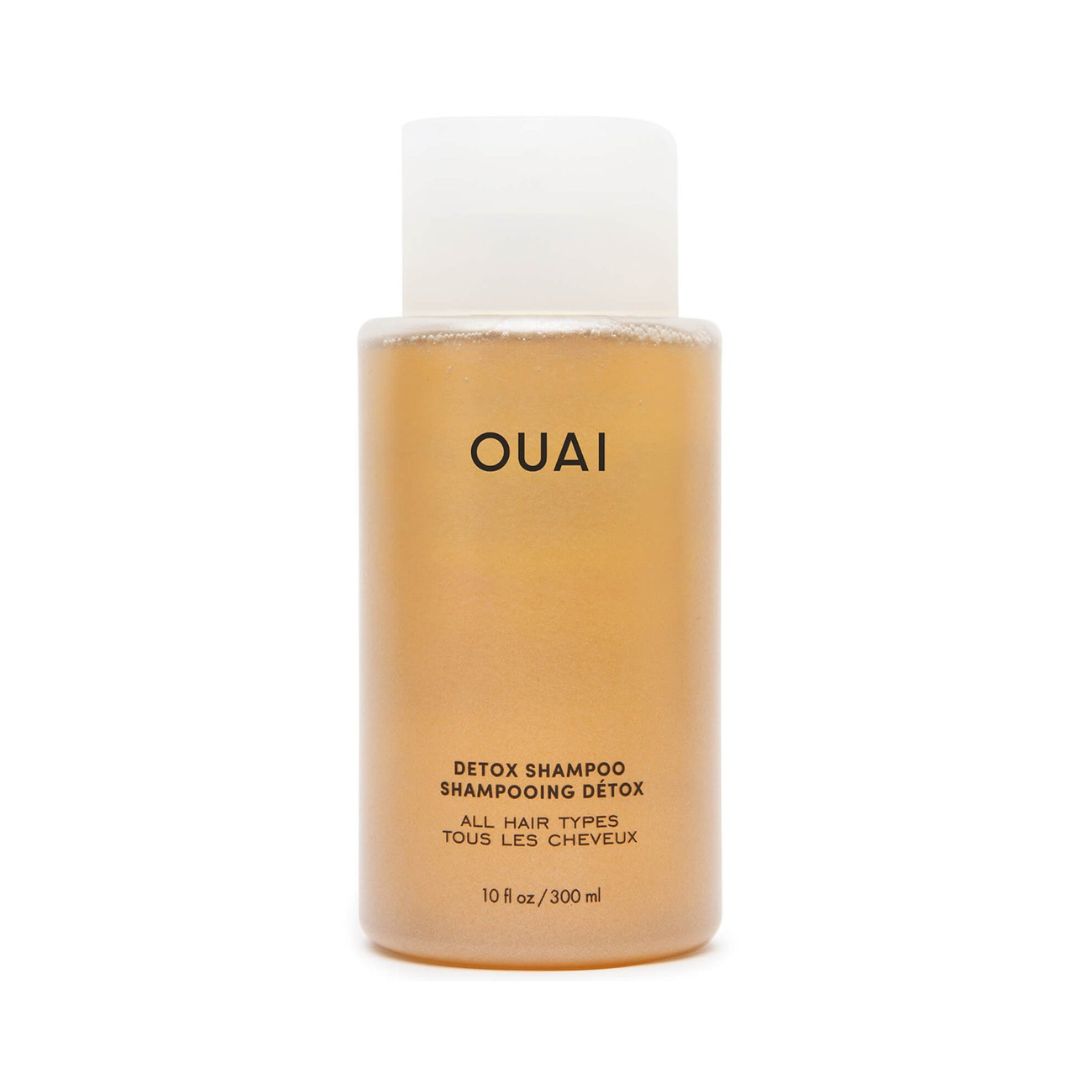
RRP: £28
Deep clean your hair and remove any product build-up before your balayage appointment with this Detox Shampoo from OUAI. Formulated with hydrolysed keratin, it strengthens strands over time, too.
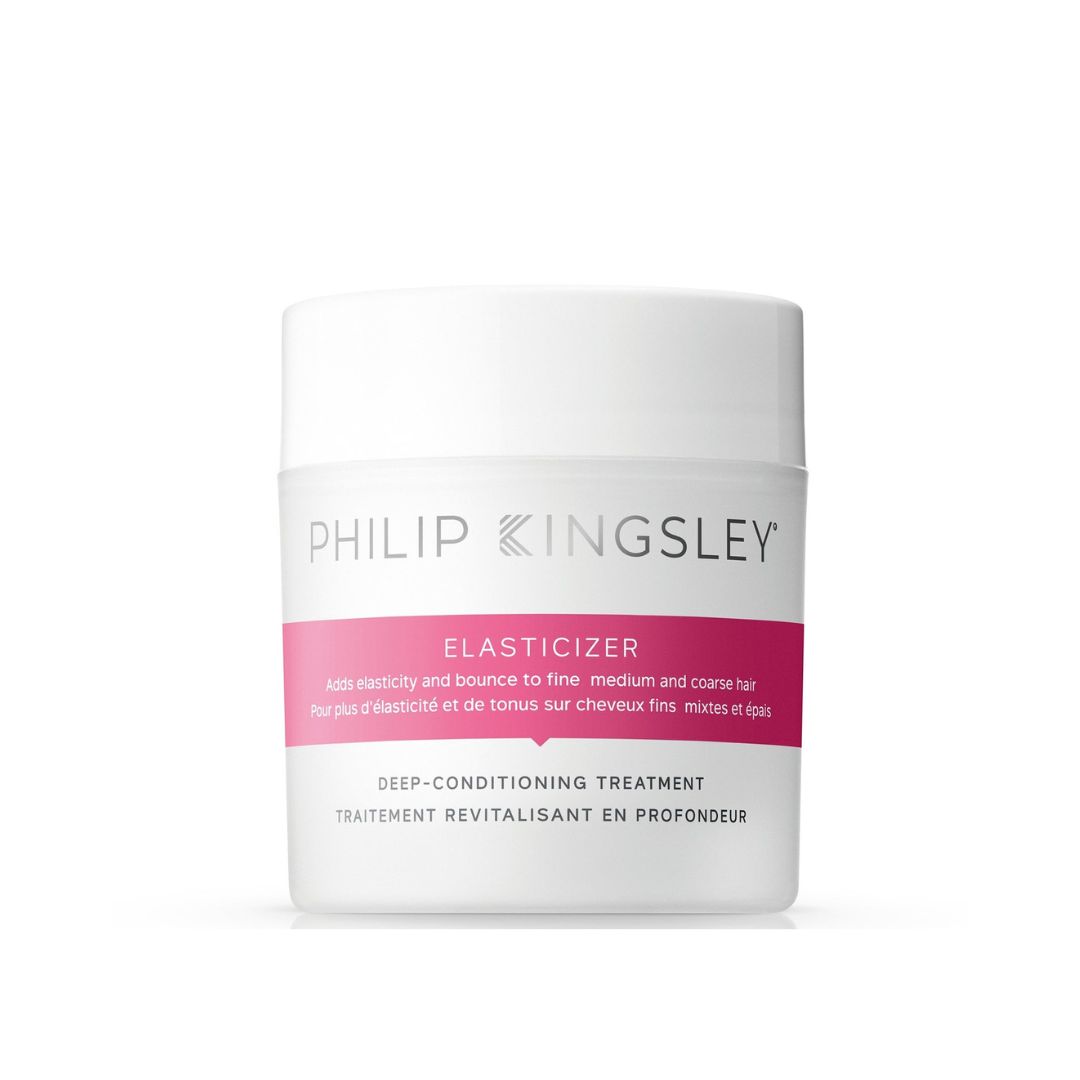
RRP: £21
In the lead up to any hair colour appointment, keep strands in tip-top shade with a once-weekly conditioning treatment like Philip Kingsley’s Elasticizer. Brimming with olive oil, glycerin and hydrolysed elastin, this haircare hero helps repair damage, boost shine and lock in moisture.
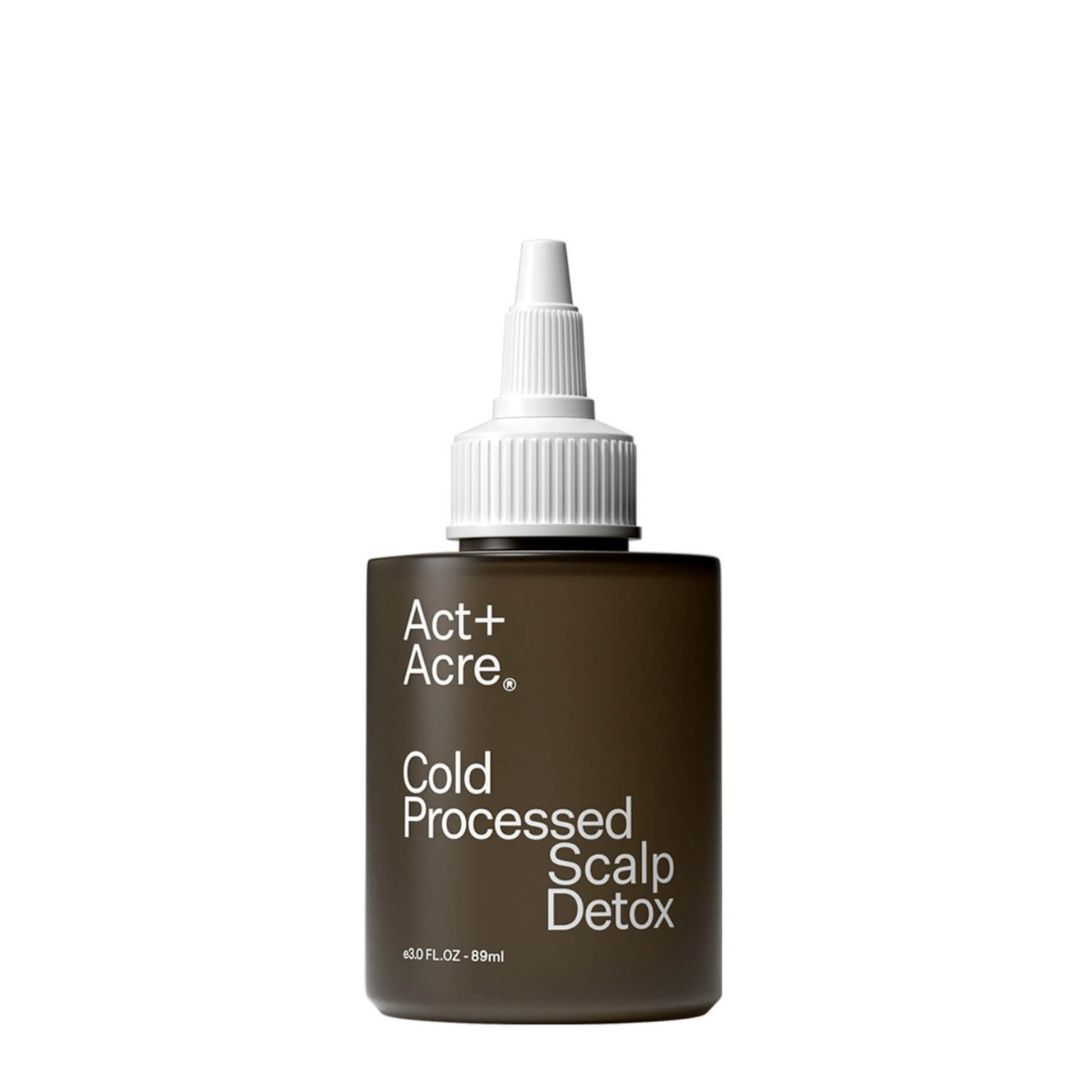
RRP: £42
A pre-shampoo, oil-rich remedy, Act+Acre’s Cold Processed Scalp Detox nourishes the scalp, regulates sebum production and soothes irritation for your healthiest head yet. Massage a few drops onto your scalp and let it sit for 20 minutes before rinsing with shampoo.
Emma Stoddart is a freelance beauty journalist and self-confessed skincare aficionado with over five years’ industry experience. Emma has worked for some of the UK’s top women’s titles including Net-A-Porter, Stylist and Grazia. Her experience spans online and print as well as producing editorial shoots with some of the industry’s biggest artists, including Val Garland. Asides from working with them behind the scenes, she’s also had the chance to interview the likes of Patrick Ta, Pat McGrath, and Sam McKnight for all their insider tips and tricks.
-
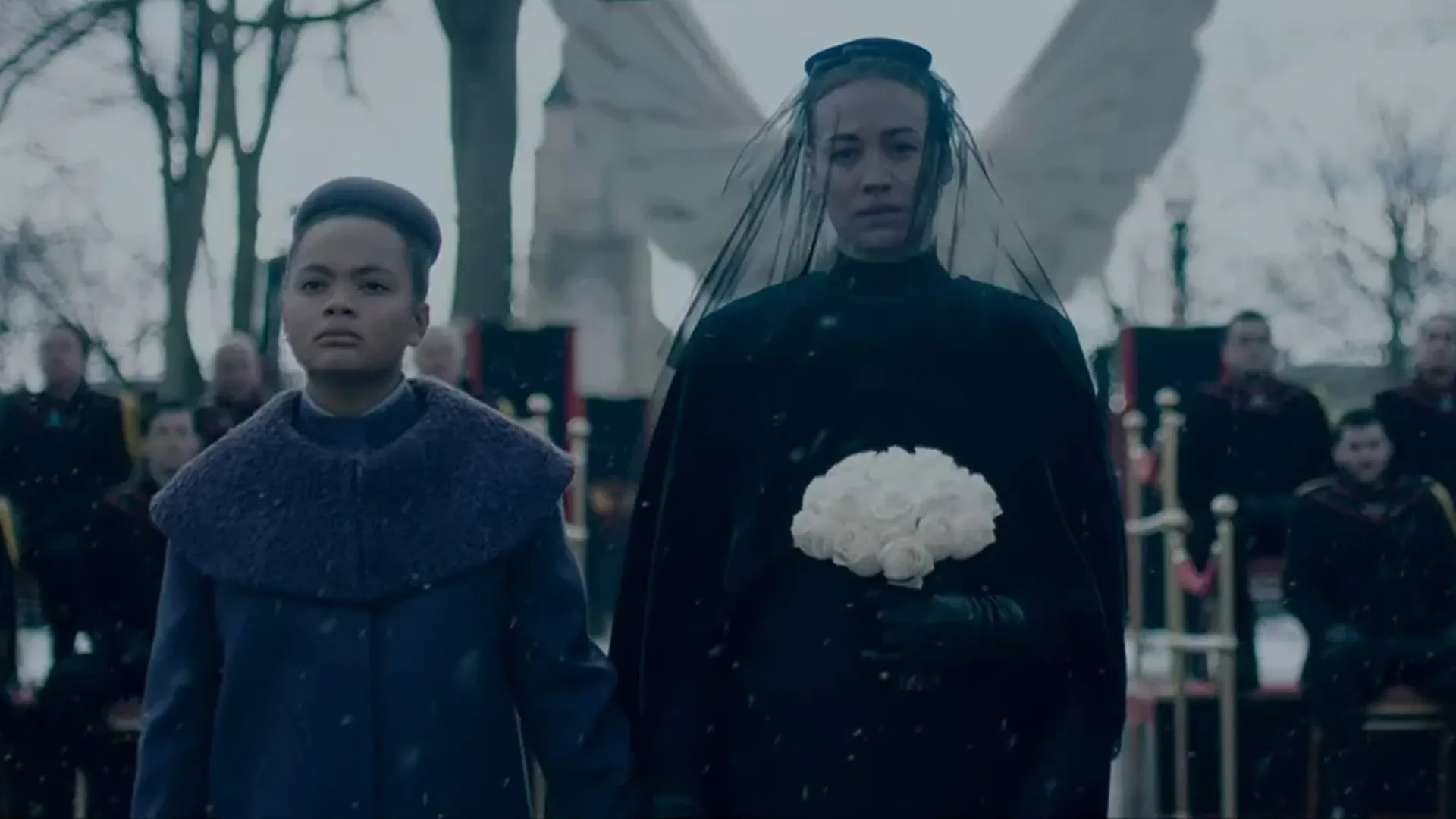 The Handmaid's Tale: Does June get Hannah back at the end of season 6?
The Handmaid's Tale: Does June get Hannah back at the end of season 6?It's been June's endgame from the very first moments of The Handmaid's Tale, but will she be reunited with her daughter Hannah at the end of season 6?
By Lucy Wigley
-
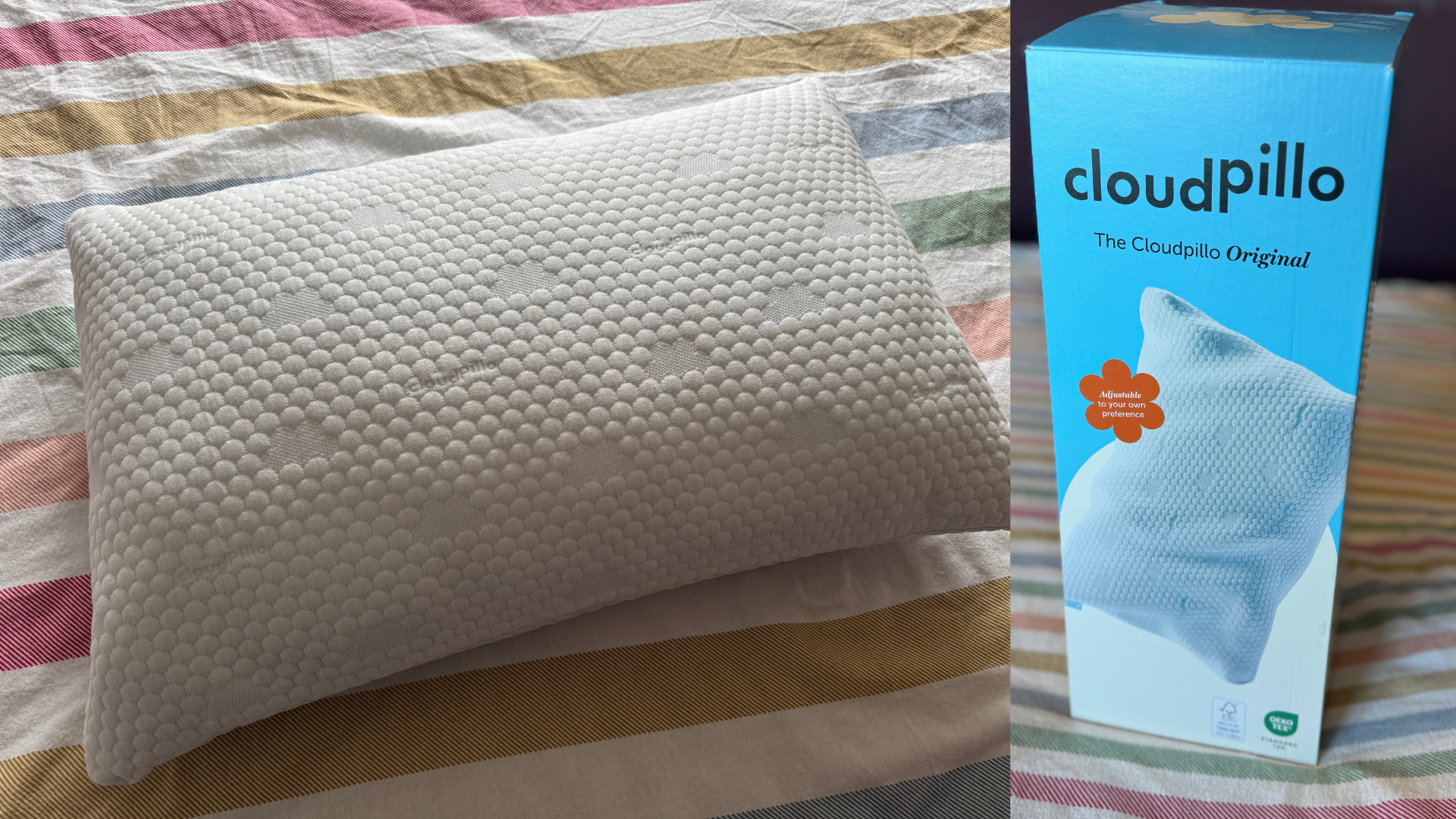 My decades-long quest for the perfect pillow ends here, but forget what you think you know about memory foam
My decades-long quest for the perfect pillow ends here, but forget what you think you know about memory foamPacked full of tiny pieces of shredded memory foam with a dual-sided cover to keep you cool, this is the next best thing to sleeping on a cloud
By Heidi Scrimgeour